In Italian Valore means value and at €1495 complete with arm the Valore Plus 425 turntable from Italian manufacturer Gold Note certainly looks to offer a good bang for your buck. Janine Elliot spins some tunes.
The Valore is the entry level turntable in the Gold Note range, a company set up in 1992, though only registering the name ‘Gold Note’ four years ago. As Tommaso Dolfi,Marketing Manager, informed me;
“Until the introduction of this brand, the company wasn’t known to many since we were working mainly as OEM/ODM supplier for audio companies worldwide. It’s something we still do”.
Indeed the Canadian company Bryston’s new turntable the BLP-1 is manufactured by Gold Note. The company is 15 personnel in number, plus they have the sister milling company counting a further 12. The company don’t just make turntables, arms and cartridge of beautiful looks and sound. Their portfolio also includes phono stages, speakers, amplifiers, CD player, DSD streamer, cables and stands. Gold Note resides in Montespertoli near Florence in Italy. The Valore, meaning “Value” was first produced in 2010. Their Valore 400 was their cheapest version at 400mm width. Now in its 425 incarnation it has grown to 425mm wide comprising a choice of 425 and 425 Plus versions with 30-mm thick MDF or acrylic plinth carefully shaped and indented around the bearing of the platter and the motor in circular shapes to drastically reduce all unwanted vibrations. The platter itself is made of 20-mm acrylic. The MDF versions can be finished in lacquered black and white or to special order covered in real Italian leather (in a variety of white, black, red and sand), with the Valore 425 Plus Special Edition, as in this review, completely made in transparent acrylic and being the top priced version, though at a still very reasonable €1495. What makes this turntable especially good is that it comes complete with 9” tonearm derived from the Gold Note B5.1 arm. It even comes readily supplied with a hinged dust cover, just like in the good old days. No extra expense. My Gold Note arrived with a Vasari Red moving magnet cartridge tracking around 2g. 
Motor
The Valore 425 Plus has a 12V synchronous Gold Note PWM motor which they developed with a unique PulseWidth modulator, the same idea as seen in their top end Bellagio (and also on the Bryston BLP-1), and which is designed to transform power voltage in AC-DC-AC mode. This triple conversion enables the best coupling of the two AC half-waves which removes motor resistance and vibration, plus providing a higher motor torque. As Tommaso explained to me;
“This power supply works as an inverter and converts the power AC high voltage to DC high voltage, then reduces the voltage to 12V and finally it reconverts it again to AC, precisely aligning the three coils of the motor to get very low noise and high torque at the same time”.
The motor drives the platter using an hourglass-shaped motor pulley of beautiful physique to pull the round belt around the edge of the platter. There is no need to move the belt by hand to change from 33 to 45. Control of the motor is via a separate electronic power unit with two buttons to select between 33 and 45 and a fine speed pitch adjustment achieved by pressing the two buttons together for 3-4 seconds. The fine speed adjustment facility even keeps the selection permanently in the turntable memory after it has been un-powered. Both speeds are indicated by a red LED. It is great to see a turntable using a quite an expensive design in such a modestly priced package.
Platter
The platter is a rough surface acrylic, which is a good surface for ‘mating’ with the vinyl disc. The design comes directly from the top level Gold Note turntables. They chose the rough surface as opposed to a shiny surface so that it would create a different surface of contact and avoid being electrostatic. The bearing houses two Teflon/graphite rectified bearings that hold the 60mm long spindle CNC-machined from stainless steel. A large longitudinal groove is located on its axis which allows the lubricating oil to run fluidly. The longer spindle gets rid of any clock pendulum effect and distributes the inertial energy along the whole of the axis, which reduces lateral friction. Indeed, spindle and bearings are held with great importance by Gold Note; their €65,000 Bellagio Conquest Black King features a massive 270mm spindle! The platter is designed to stay just 3-mm above to the turntable plinth so that, according to Gold Note, such small platter/plinth interference reduces turbulence allowing a noiseless rotational stability. This turntable is very quiet.
Arm
Gold Note also uses the B-5 arm, based on the B-5.1 tonearm as featured on their higher-end Mediterraneo and Giglio turntables, with ball bearings used for both vertical and horizontal movement, pivoted through stainless steel bolts. Indeed, the Valore can be upgraded with the B5.1 if wished, which has different counterweights and custom made ball bearings manufactured by the German company GRW. Gold Note makes a total of three arms; the B-5, B-5.1 and B-7 Ceramic.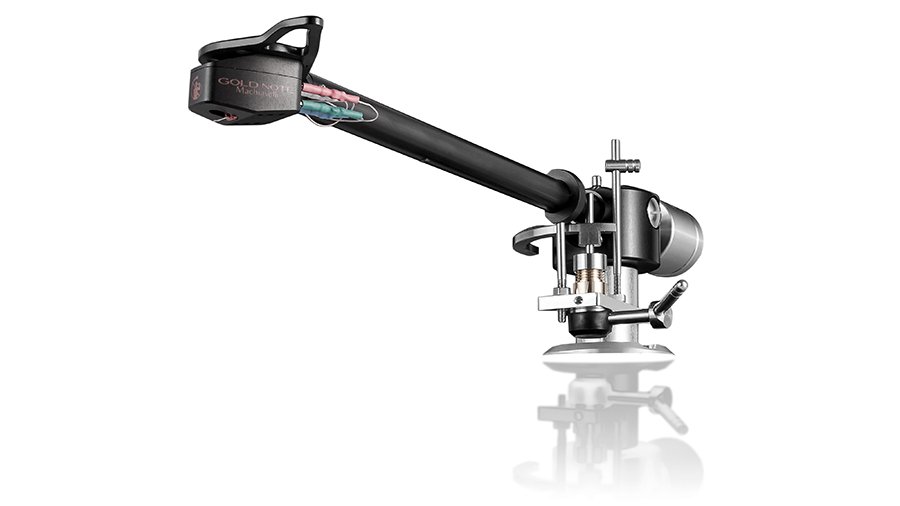
Set up
The Valore Plus 425 was a doddle to set up, not because it arrived with cartridge set up for very slightly more than 2g, but because adjustments are simple to do and the instruction manual is impressively detailed for the installation. The angled headshell, with its own adjustment for azimuth with long head-shell interconnnects makes mating the cables to the four pins just as easy. Some arms (and cartridge connectors) can make setting up a lengthy and at times terrifying ordeal. It even comes with a calibration sheet containing a 50Hz stroboscope and alignment protractor, as well as Allen keys and extra counterweight for heavier cartridges. Those feet might well be adjustable for height, but I am not quite so in favour that they are made of a smooth-edged cone shaped acrylic. It does mean that they will slide about on a smooth platform, especially glass stands. Of course the use of Acrylic has been chosen by Gold Note for its ability to deaden vibration, it having “higher dampening performance due to the particularly absorbing quality of the material”, but it has very, very little friction with a glass or acrylic bass, meaning that just by lifting the lid or if I needed to remove a disc that fitted tight to the spindle meant the whole unit moved worryingly about the platform. I needed to rectify this with a rubber washer between the two surfaces. Perhaps these should be added to the bundle. More importantly using my seismic measuring tool, there is more vibration getting to the turntable from external movements, though this means internal vibrations exit through the feet with equal amounts. Indeed, sitting silently in the Hifi pig settee, this turntable was exceptionally quiet and the Vasari RED, a full-bodied and detailed moving magnet cartridge at €195, was a surprisingly good player. I loved moving magnets in the 1970’s and my favourite Stanton 681 EE, Decca London Gold, Ortofon VMS20E and Shure V15iv cartridges still play well on my various old turntables. In terms of price verses quality this is an exceptionally able cartridge (see separate review in the coming weeks) and puts those others back into history where they belong. The Vasari RED also has an elder brother, the Gold, coming in at €350.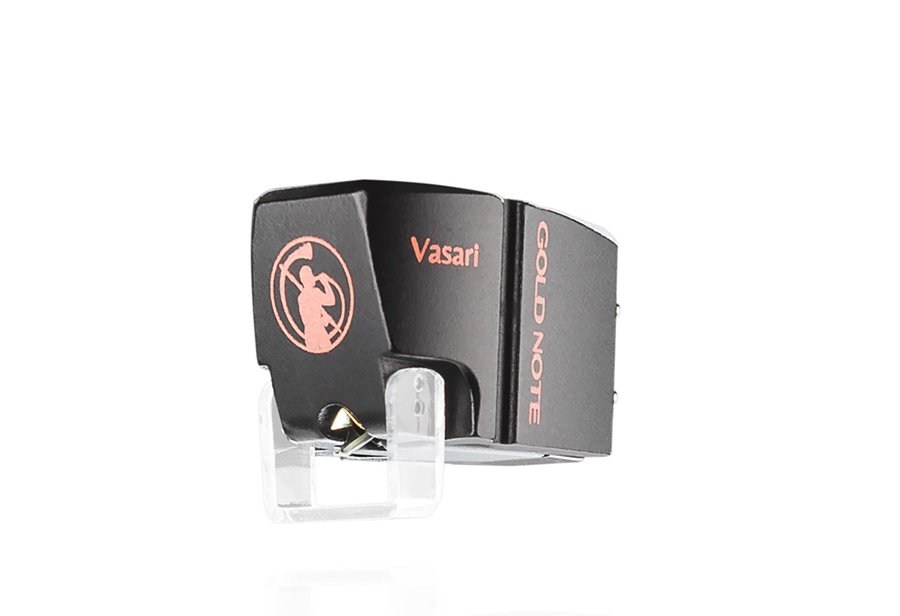
The Music
I was pleasantly surprised at how transparent this transparent turntable was. Detail was extremely quick and vivid, with start-up time of the turntable probably one of the quickest from a belt-driven platter (and the stop-time was equally rapid) at within a second, appearing more like a direct-drive turntable. It is not that the turntable has a lot of friction; that spindle is extremely free flowing when the belt isn’t tied to it. The fear that such tight control from the motor would mean higher rates of speed fluctuation did worry me before I started listening, but the speed controller and motor and PWM power controller does deliver particularly excellent speed stability and mitigates resonances. I refrained from playing AC-DC.
Listening to Genesis “Genesis” album (I think this is one of their worst musically and from an engineering perspective, though it is Mike Rutherford’s favourite) showed a detailed and laid back sound. This is the rock band’s twelfth studio album, released in October 1983. The vague title was due to the fact that the nine tracks were single ideas from their members. However, the opening track “Mama” was their highest rating single, reaching number 4 in the UK in 1983. The Yamaha CP-70 piano, Sequential Circuits Prophet 10 and Synclavier ii played by Tony Banks and the harsh drum machine in the introduction might well be very dated keyboards now playing them in the 21st Century but they are managed surprisingly humanly in this Gold Note duo, and Phil Collin’s voice and the forward sound in this badly recorded vinyl gave me a chance to see that this turntable, arm and cartridge could cope honestly and fairly. Actually, better than I could have imagined, with very good mid-band and vocals in the second track “That’s All”. Turning appropriately to Stravinsky Symphony in C permitted an extremely vivid placement of instruments, especially the depth of clarity in the cellos. The cello is really the closest instrument to the human voice, ranging from a bass singer bottom “C” to above top “A” in the soprano’s high end. This turntable played cello with almost human character, and equally with a sensitively warm midrange of the violins and violas. Indeed, it was the bass and midrange that really stuck out to me as being one of the best properties of the turntable, giving a musicality that was quite intoxicating. It just missed out in terms of detail and vastness of sound that turntables costing north of £3000 can offer.
Turning to the excellently recorded Katie Melua ‘In Winter’ album, gave the turntable and arm and cartridge to all three work in a way I didn’t think an under £200 cartridge could do. The snow-white coloured album is so spacious and detailed in all the parts of its recording; from Katie’s very distinguishable gentle voice, the Gori Women’s Choir, and the guitar backing. Only some subsonic mic “pops” in several tracks took away my enjoyment from this new album, but it showed me just how quick the Valore was at picking up all microscopic detail, and just how valued my Wilson Benesch Torus subsonic generator was. I just wished I had the Bellagio Conquest Black King in front of me. In “Plane Song” I was in heaven; a slow ethereal track with gentle whistle, backing “ooohs”, acoustic guitar and over-reverbed voice from Katie, joined to make me feel I was floating in the clouds.
From one round table to another, trying Rick Wakeman’s “The Myths and Legends of King Arthur and the Knights of the Round Table” the amount of orchestration is as long as the album title, and often can sound congested and confused when not played on the very best players. This turntable and the Visari Red cartridge gave a very forward sound slightly less open and detailed “front to back” than my choice turntable, but still highly acceptable for the duo’s price of €1690.
I tried a few upgrade plans from my collection, including using a variety of light-weight record clamps, and I also replaced the OEM 4pin Din plug-RCA connector for my own-designed silver interconnect which created even more detail and magic. The good thing is that this turntable can have upgraded arm and cabling to give even better sonic qualities, meaning that more expensive cartridges wouldn’t be out of place.
Conclusion
Whilst this turntable might be at the starting end of the Gold Note collection, it is by no means a budget player. The arm is based on the B5.1 (retails on its own for €790) which shows just how good this arm is, and the spindle and motor are inspired by the more expensive turntables. You get my point. And if you don’t like transparent looks, there is a choice of other finishes, which come in at an even cheaper price-point.
Bass and mid were absolutely superb, and with a good fluidity and speed at all frequencies, with slightly forward and exciting sound, easily quantifying the price, even at today’s exchange rates.
Build Quality: Excellent construction and attention to detail, including hinged dust cover
Sound Quality: Open and quick, and with a human element to the sound, particularly in bass/mids
Value For Money: At €1495 this is competing very ably in the lower end of the market, and compares well with turntables at £3000. Add the €195 Vasari Red and it is even better value
Pros
Valore 425 Plus Acrylic turntable is excellent ‘Valore’ at €1495 when you realise it comes complete with external PSU, Speed Control unit, B-5 tonearm and acrylic Dust Cover
Choice of finishes and prices
Excellent bass and midrange, especially on voices and strings
Good speed and definition of all instruments
Cons
Those feet
Price: €1495














































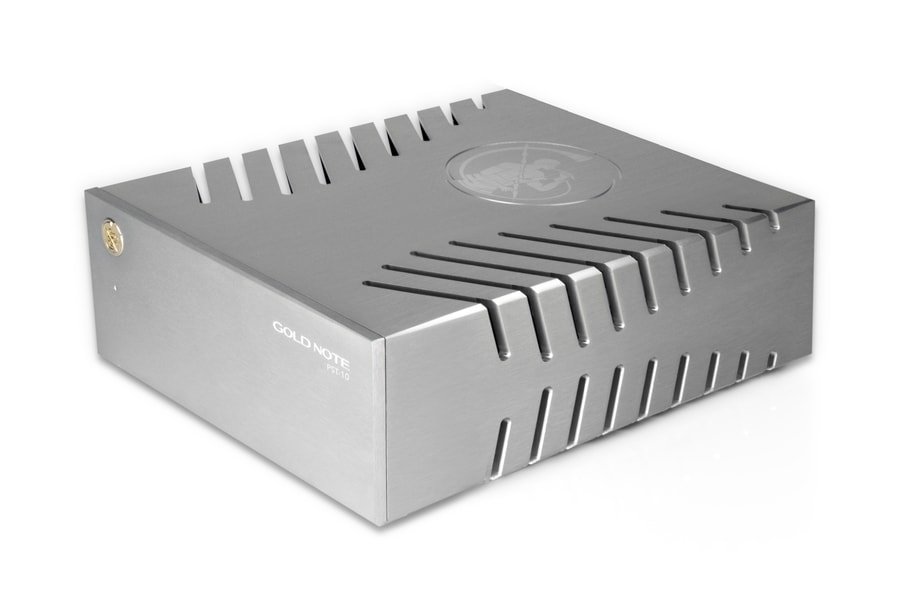



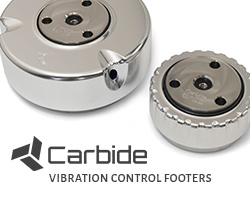
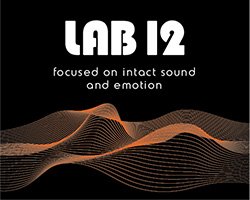

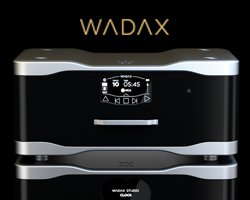

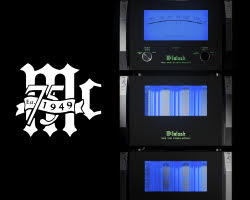
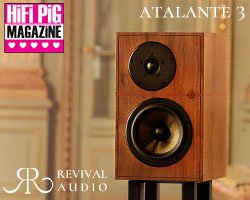
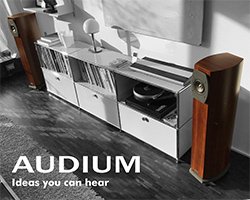






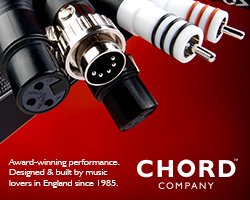




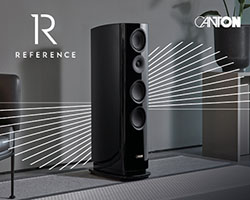
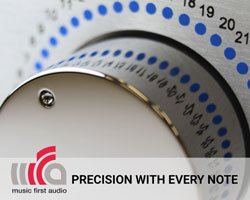
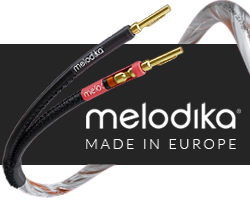


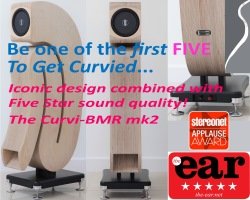
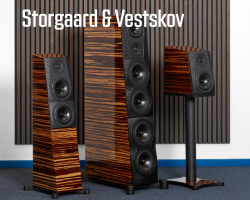
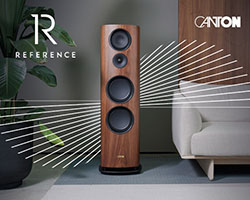
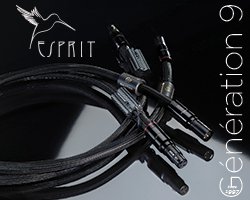
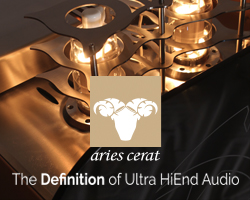

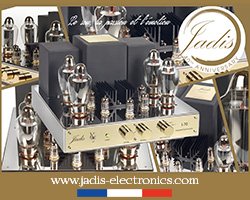

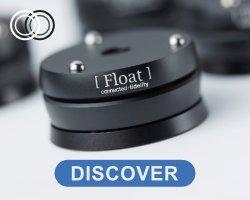



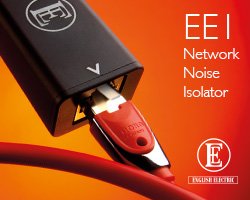
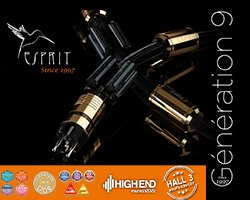

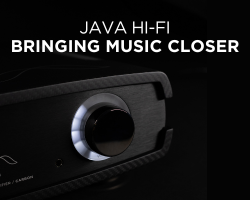
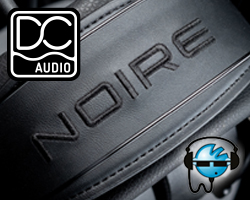



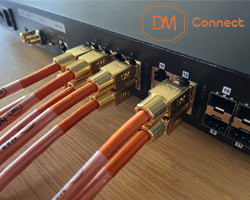


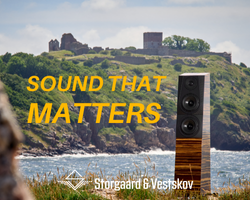
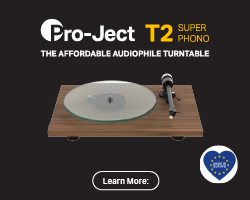
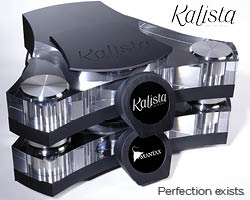


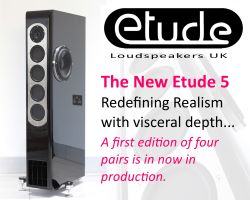

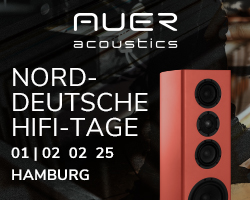



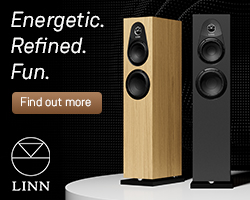



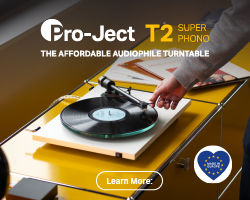


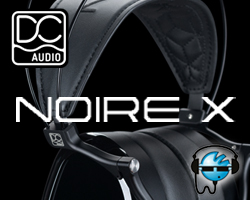

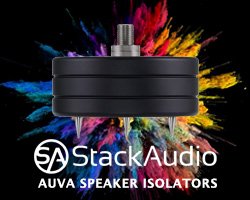
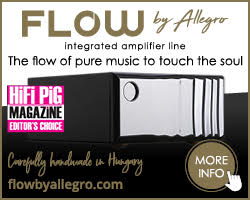

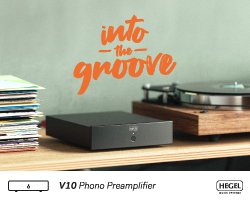
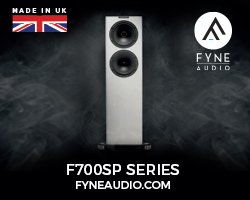


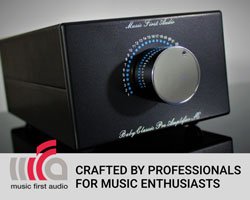












































You must be logged in to leave a reply.